landarchs.com
Sonia Jackett
Top 10 Public Squares of the World
The recent protests in Taksim Square, Istanbul, and those in Tahrir Square, Cairo, have once again highlighted the power of public space as a tool of protest.
The use of public space has always been employed as way to reflect the economical and socio-political mood. Yet, public space is a fragile thing. The London Occupy Movement highlighted that our public space may not be as public as we think, when protesters were prevented from entering Paternoster Square by a high court injunction taken out by the owners.
Public space is important because it is supposed to be just that. Public. For you, and me, and the person sitting next to you. It represents our rights, and in all the above cases the right to political protest.
The architectural emblem of society in all its guises — economics, politics, protest, food, fun, and enjoyment and at the same time, the arena for all these constructs is, the public square.
In what will culminate as Landscape Architects Network’s Top 100 public squares, we kick off with a general Top 10 Public Squares of the World…
10. Tahrir Square, Cairo, Egypt
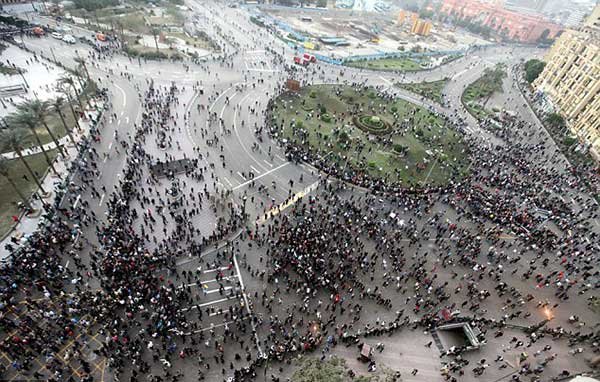
Tahrir Square
The square unites four main streets and is surrounded by various Egyptian political and cultural institutions (the burnt out NDP headquarters included). Huge underground viaducts provide pedestrian accesses. Overall, a traffic dominated square perhaps, but the recent images illustrate it filled to the brim with the people of Cairo, suggests its power as a site of solidarity and tool for protest.
9. Times Square, New York, USA
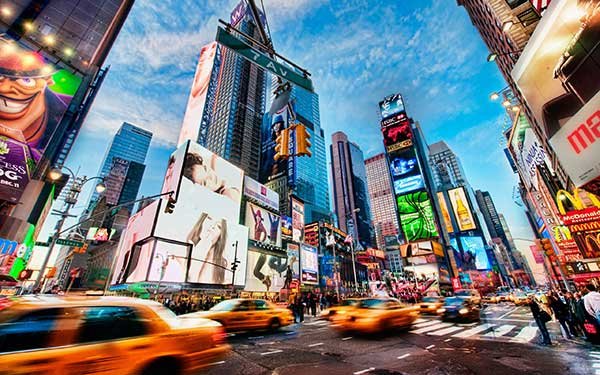
Times Square
Times Square is the world’s most buzzing square in the city that never sleeps. The constant stimuli make it an absolute “eye-gasm” and complete sensory overload, but it’s an incredible experience!
8. Plaza de Armas, Cuzco, Peru
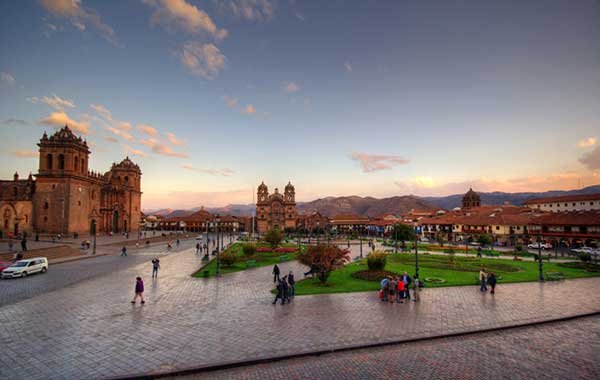
Plaza de Armas
As the center of the ancient Inca capital, the plaza is richly layered with history. From its foundation, to the Spanish arcades that surround the square and the more modern formal layout, the square, with its hard and soft landscape, acts as a healthy, beating heart to the city.
7. Rynek Główny, Kraków, Poland

Rynek Główny
Voted the world’s best square by Project for Public Spaces in 2005, the Main Square in Krakow certainly has its virtues. It is accessible to pedestrians from 13 different points and one of the best car-free squares in Europe, as it is generally only accessible via foot.
6. Federation Square, Melbourne, Australia

Federation Square
This modern square was opened in 2002 to much controversy. Often voted one of the ugliest places due to the deconstructivist style of the buildings, the square has come to be very successful. Why so? Well, with a constant stream of entertainment, dining and free Wi-Fi, it’s always busy with people.
5. St Peter’s Square, (Piazza San Pietro), Vatican City
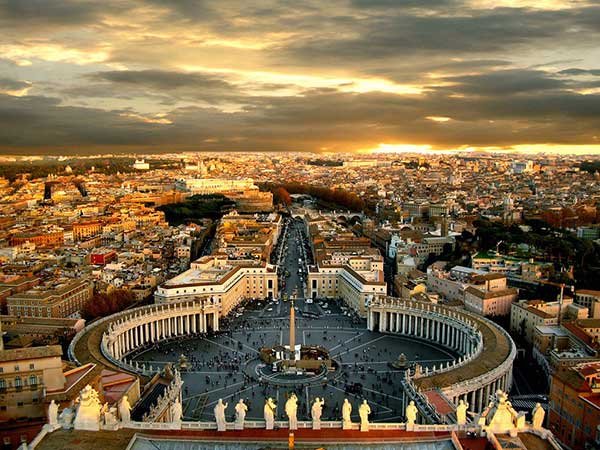
St Peter’s Square
Is there a square anywhere else in the world as impressive as Bernini’s masterpiece? Baroque grandeur at its best.
4. Trafalgar Square, London, United Kingdom
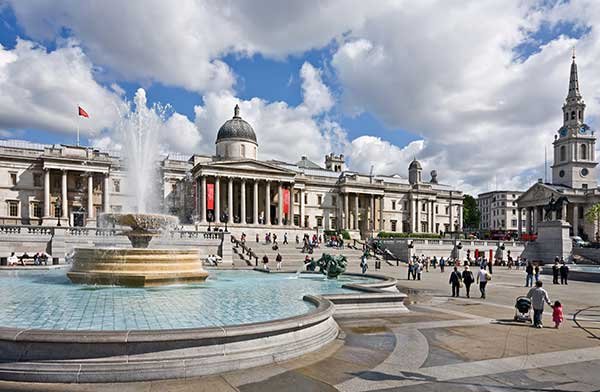
Trafalgar Square
The square in London. Since its inception by the great British architect John Nash, the square has been a source of pride for all Brits. Moreover it is a constant stage for art, culture, and other events.
3. Red Square (Krasnaya ploshchad), Moscow, Russia

Red Square
Surrounded by significant buildings – St Basils, the Kremlin, Lenin’s mausoleum, Red Square is a wonder to behold. It is often considered not just the central square of Moscow, but all of Russia as the city’s major streets, which connect to Russia’s major highways, originate from Red Square.
2. Piazza del Campo, Siena, Italy
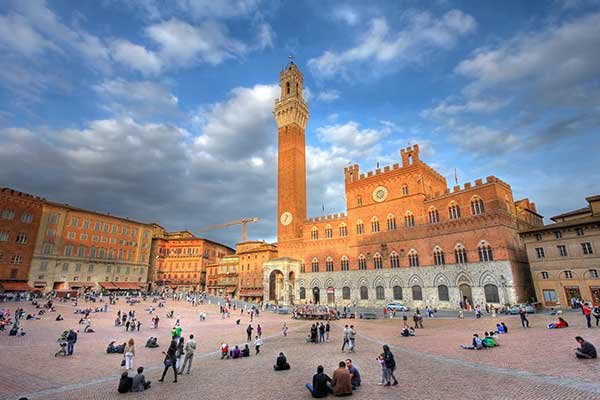
Piazza del Campo
A Tuscan red, shell-shaped piazza that hosts a horse raise – the Palio di Siena – twice a year. What’s not to love? The ingenuity of the medieval square, the cultural buildings around its perimeter, warm colors and rich textures make the square, always filled with people, one of the best experiences of public space in the world!
1. Imam Square, Isfahan, Iran
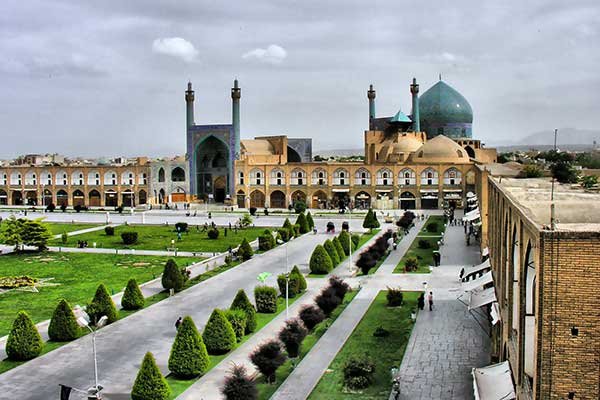
Imam Square
One of the world’s most beautiful squares, with a wonderful area of luscious green in the middle. Lined with shops, filled with cafes, with the great Shah Mosque to the north this square will leave you breathless. Its other name Naqah-e Jahan Square means ‘Image of the World Square’.
https://landarchs.com/top-10-public-squares-world/














